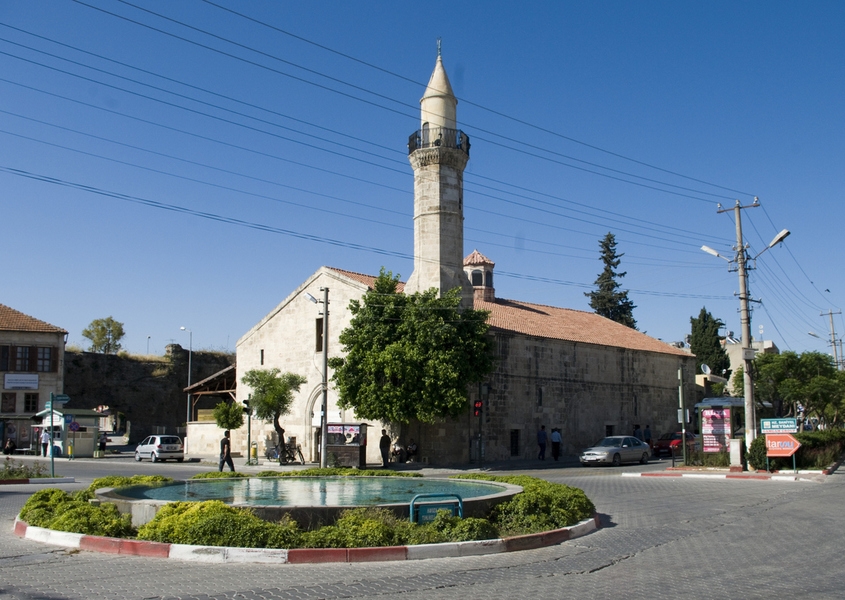
Tarsus, Mersin — Any time but summer
Tarsus is a typically sprawling Turkish city. This means that a lot of things you want to see are surrounded by miles of apartment blocks and other concrete buildings. Don’t let this put you off: Everything worth visiting is located in an area of the city easily covered on foot.
The first stop is St. Paul Kilisesi, St. Paul’s Church, as in Paul of the New Testament. A church dedicated to him was built on this site in the 11th century but the current structure is much younger, dating to 1862. Congregations still gather here, watched by a fresco depicting Christ and the Four Evangelists with angels. Ulu Camii, the Grand Mosque of Tarsus, is up next. It was built by the Ottomans in 1579, though its minaret was erected separately from the main structure and its clock tower was added in 1895. Just around the corner, small shops in the 16th century Kırkkaşık Bedesteni, the Forty Spoon Bazaar, sell images of the Shahmaran as well as an elixir said to guarantee eternal youth. The Shahmaran, half woman half snake, was a mythical creature with protective powers while the elixir is named after Cleopatra — Tarsus is where Marc Antony and this famous Egyptian queen first met. Don’t miss the Makam-i Danyal mosque, underneath which there’s a tomb believed to have contained the body of the prophet Daniel (as in Daniel and the lions’ den, who remained true to his faith despite adversity).
The Tarsus Tarihi Evler, historical houses, are located on the other side of the main road, just down from Saint Paul Kuyusu, Saint Paul’s well. Some of the traditional, plaster-walled houses in this neighborhood have been converted into cafés serving fresh lemonade and Turkish coffee. The rooms are still arranged as when families lived in them, giving a glimpse into daily life in the past.
Lisa Morrow is from Sydney, Australia, but has lived in Turkey since 2010. She’s written five books about her adopted home country, including a new travel guide to Istanbul.